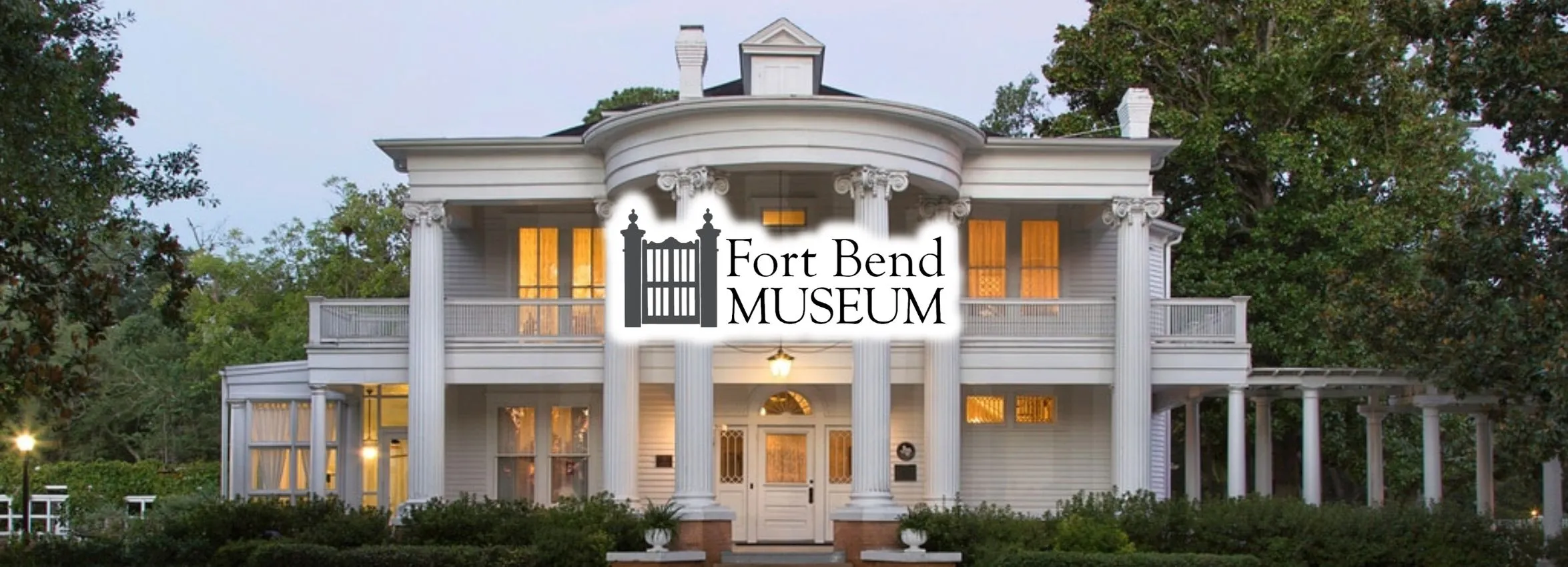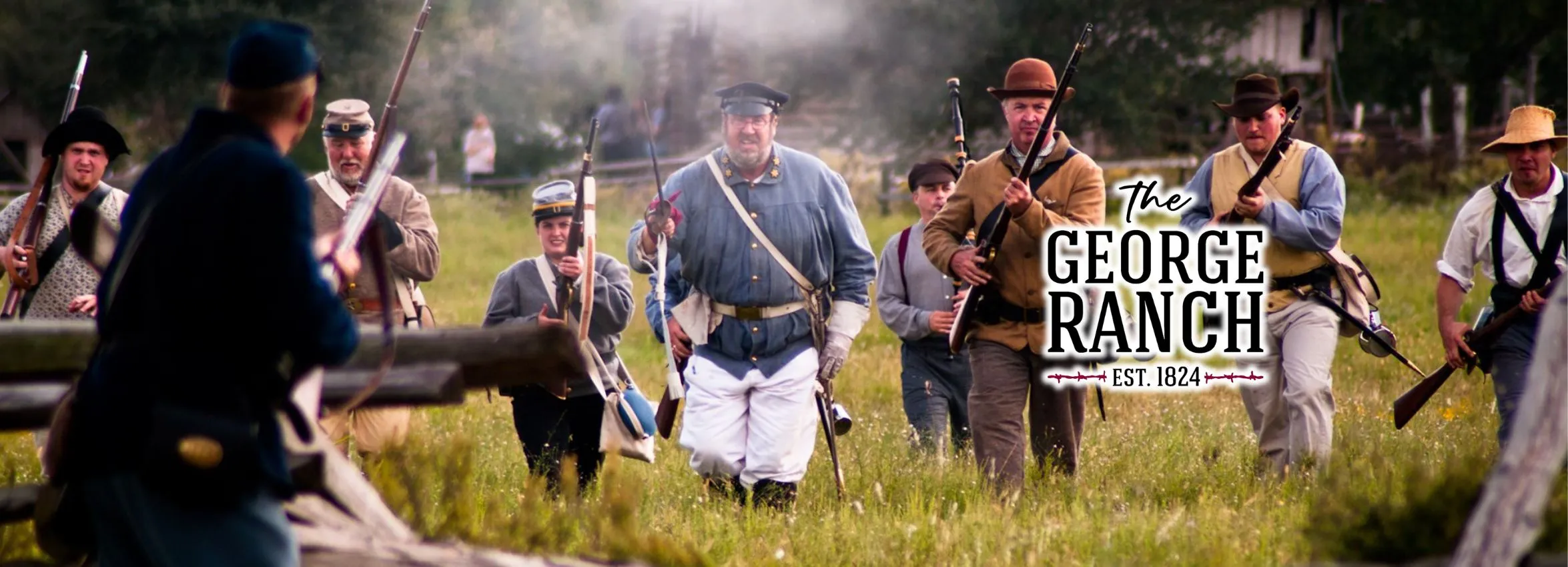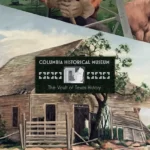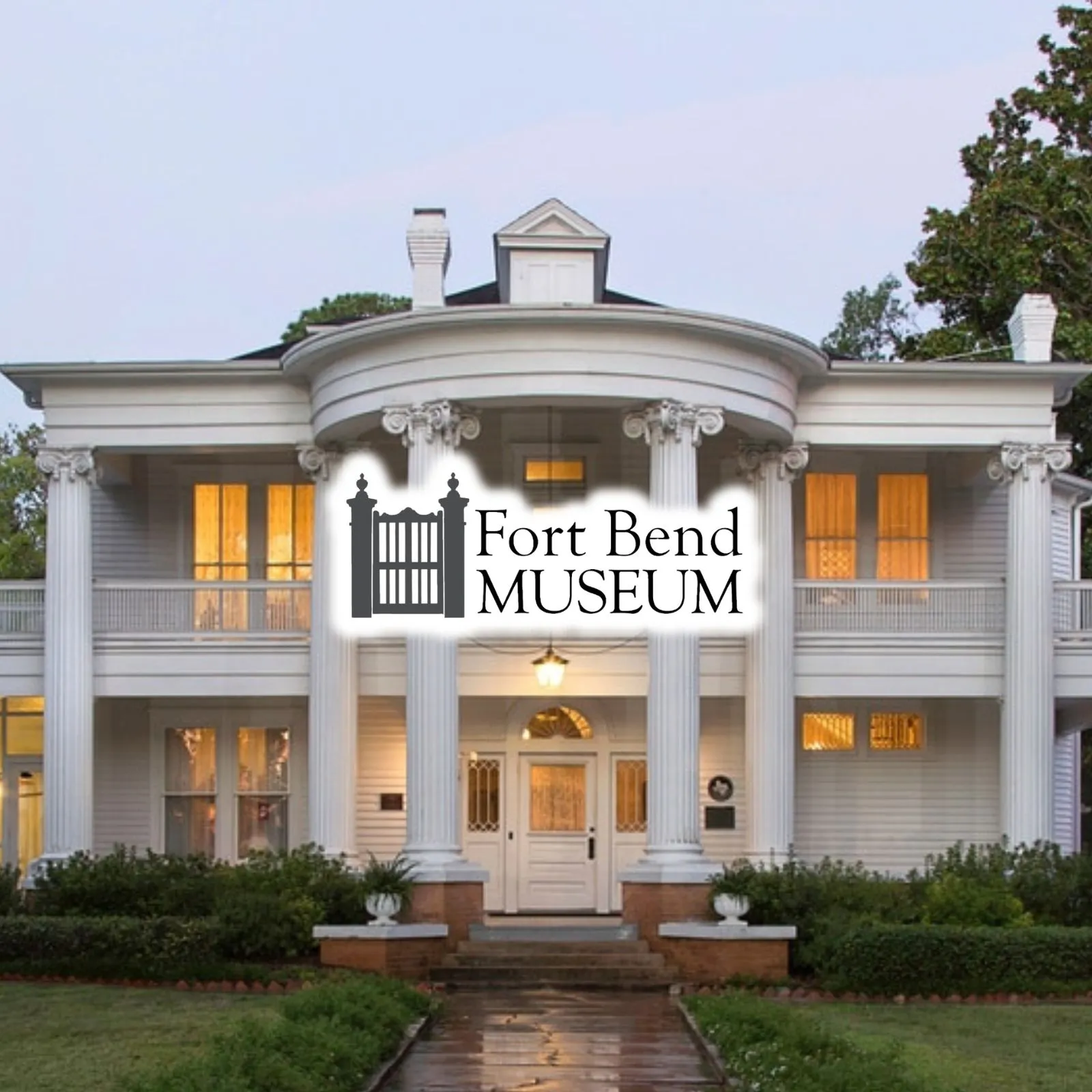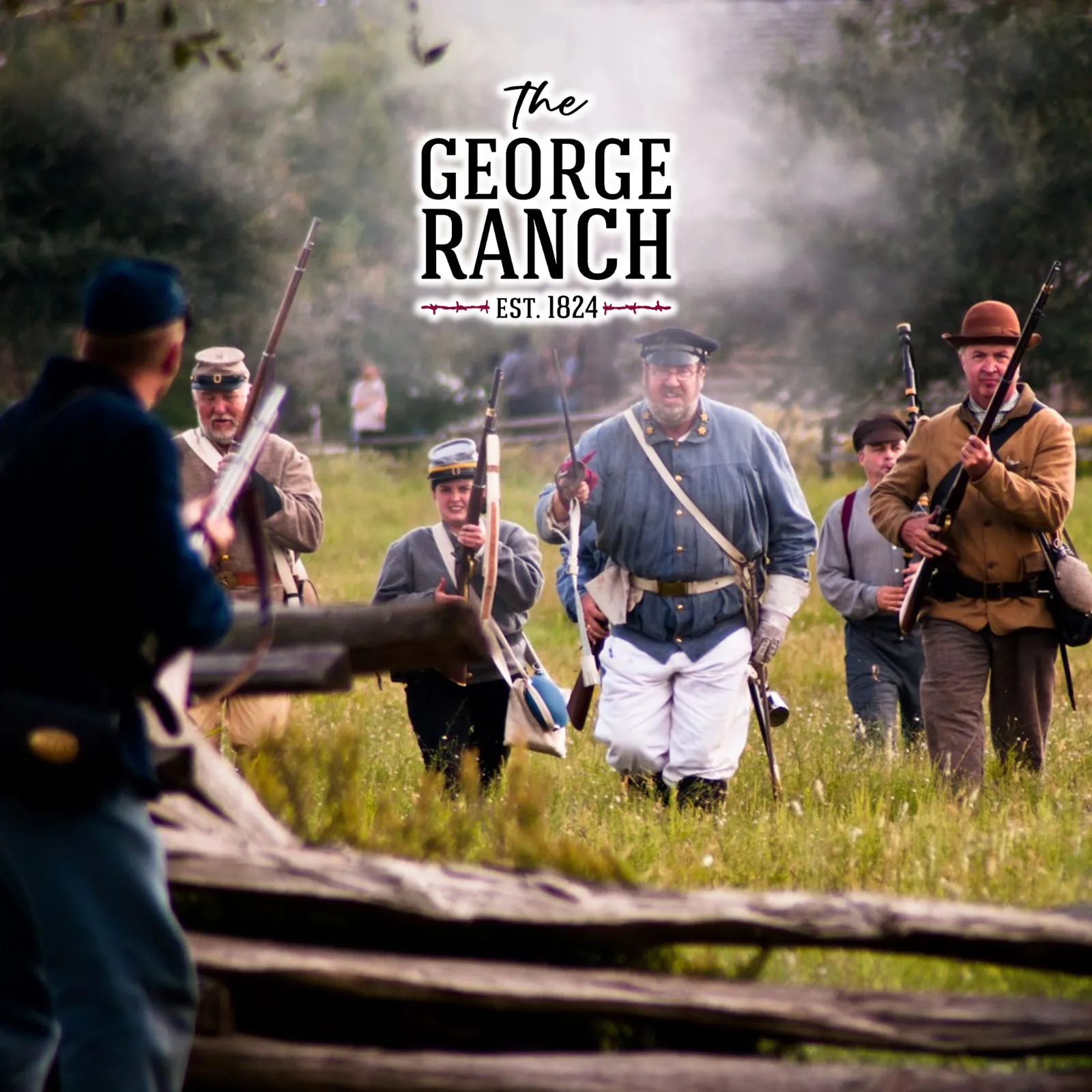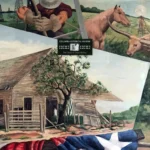History of Damon, Texas: From Indigenous Roots to Modern Times
Nestled in Brazoria County, Damon, Texas, is a small community with a rich tapestry of history. From its early days as a settlement atop a salt dome to its role in Texas’s industrial growth, Damon’s story is one of resilience, transformation, and community spirit. Learn about the fascinating history of Damon Texas from its early days to its development into a vibrant community.
1. History of Damon Texas: Indigenous Beginnings: The Karankawa People
Long before European settlers arrived, the area now known as Damon was inhabited by the Karankawa people. These indigenous inhabitants utilized the region’s resources, leaving behind artifacts like arrowheads and pottery that attest to their presence. The Damon Mound, a prominent geological feature, held significance for the Karankawa, both as a landmark and a resource.
2. The Arrival of Samuel Damon
In 1831, Samuel Damon, a settler from Massachusetts, established a homestead on the south side of Damon Mound. His arrival marked the beginning of European-American settlement in the area. Damon’s influence was so profound that the community eventually bore his name.
3. Early Community Development
By the late 19th century, the settlement, initially known as Damon Mound, began to flourish. Cattle ranching became a primary economic activity, and by 1890, the population reached approximately 100 residents. The establishment of a post office in 1895 and a Baptist church in 1896 signaled the community’s growing infrastructure.
4. The Impact of the Railroad
The construction of a railroad line from Rosenberg to Damon in 1918 was a significant milestone. This development facilitated the transportation of quarried materials like limestone and sulfur from Damon Mound, boosting the local economy and connecting Damon to broader markets.
5. Damon Mound: A Geological Marvel
Damon Mound is not just a namesake but a defining feature of the town. This salt dome rises prominently above the coastal prairie and has been a source of various minerals, including sulfur, limestone, and petroleum. The extraction of these resources played a pivotal role in Damon’s economic development, especially during the early 20th century.
6. History of Damon Texas: Educational Advancements
Education has always been a cornerstone of the Damon community. The Damon Independent School District (ISD) was established to serve local students. Over the years, the district expanded its facilities and programs, reflecting the community’s commitment to education. In 1949, Damon ISD partnered with Needville ISD to provide high school education to its students, a collaboration that continues to this day.
7. Religious and Cultural Growth
The spiritual needs of Damon’s residents have been met by various religious institutions over the years. In addition to the Baptist church established in 1896, a Catholic church was founded in 1925. These institutions have not only provided spiritual guidance but have also been centers for community gatherings and events.
8. Economic Shifts and Industrialization
While agriculture and ranching were initial economic drivers, the discovery and extraction of minerals from Damon Mound shifted the town’s economic focus. The history of Damon Texas includes the oil boom of the early 20th century that brought prosperity, with numerous wells operating in the area. However, as resources dwindled and industries evolved, Damon adapted, maintaining its resilience through changing economic landscapes.
9. Demographic Changes Over the Years
Damon’s population has experienced fluctuations over the decades. From a modest 100 residents in 1890, the town grew to nearly 400 by the 1940s. The 2000 census recorded 535 residents, but by 2020, the population had decreased to 436. These changes reflect broader trends in rural populations and economic shifts.
10. Modern-Day Damon: Preserving Heritage
Today, Damon stands as a testament to the enduring spirit of small-town Texas. While it may not boast the rapid growth of urban centers, its rich history, close-knit community, and commitment to preserving its heritage make it a unique and cherished place. Efforts to document and celebrate Damon’s past ensure that future generations will appreciate its significance in Texas history.
Conclusion: A Legacy of Resilience and Community
The history of Damon, Texas, is a narrative of perseverance, adaptation, and community. From its indigenous roots and early settlers to its industrial endeavors and modern-day challenges, Damon exemplifies the journey of many small American towns. Its legacy is not just in its landmarks or historical records but in the stories of its people and their unwavering commitment to their community.
